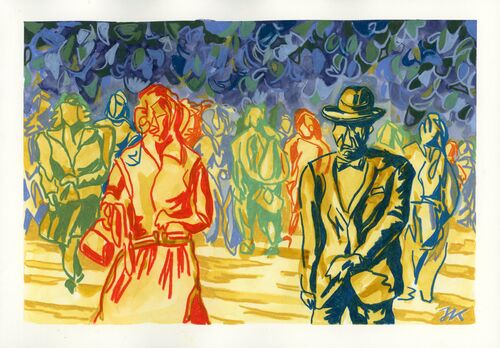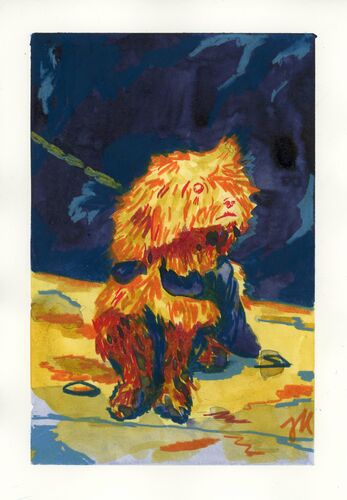Sensation, dream, passion and mythology are themes that were particularly treated in Symbolism. At the peak of this movement at the end of the 19th century, many Polish painters lived and studied in Munich, Paris, St. Petersburg or Vienna. They took up ideas of Symbolism and combined them with experiences of their split homeland: 100 years earlier, Poland had been divided between Russia, Prussia and Austria-Hungary. The exhibition Silent Rebels. Polish Symbolism around 1900 in the Kunsthalle Munich takes us back to the heyday of Polish art. On view from March 25 to August 7, 2022, are some 130 exhibits from public and private collections that illustrate the search for a common identity. In 1918 Poland became a sovereign state again.
The preservation of ancient sagas and legends is as much the subject of the paintings as contemporary narratives and the mythicization of the Polish landscape or peasant life. In the paintings, the artists processed the urge for freedom and the desire for renewal. The exhibited works are by Jan Matejko, Jacek Malczewski, Olga Boznańska and Ferdynand Ruszczyc, among others. The art of Poland around 1900 was stylistically formative and decisive for the cultural foundation of the present-day state.

























